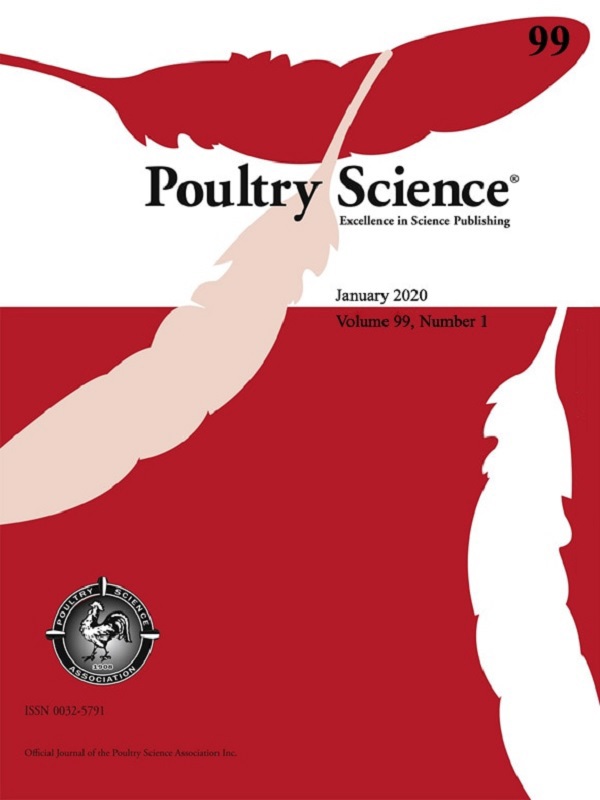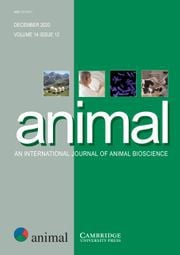
(1) Background: This study assessed the efficacy of hydroxychloride sources of zinc (Zn), manganese (Mn), and copper (Cu) compared with organic sources in the rearing diets of Lohmann brown pullets, focusing on pullet performance, tibia quality, egg production, and eggshell quality. (2) Methods: A total of 120 birds (six replications and 10 birds each) received diets with Mn, Zn, and Cu from organic or hydroxychloride sources during the rearing phase. After the onset of lay, birds were fed diets containing oxide/sulfate sources up to 50 weeks of age. (3) Results: no significant differences were observed in growth performance and tibia quality during the rearing phase (p > 0.05). From 18 to 24 weeks of age, no carryover effect on egg production performance was observed. However, from 25–50 weeks, pullets fed hydroxychloride sources showed lower feed intake and egg mass compared to the organic group (p < 0.05), whereas egg production and eggshell quality remained similar between groups (p > 0.05). (4) Conclusions: These findings suggest the potential of hydroxychloride sources in rearing diets without compromising overall growth in the pullet phase and feed efficiency in the laying cycle.


